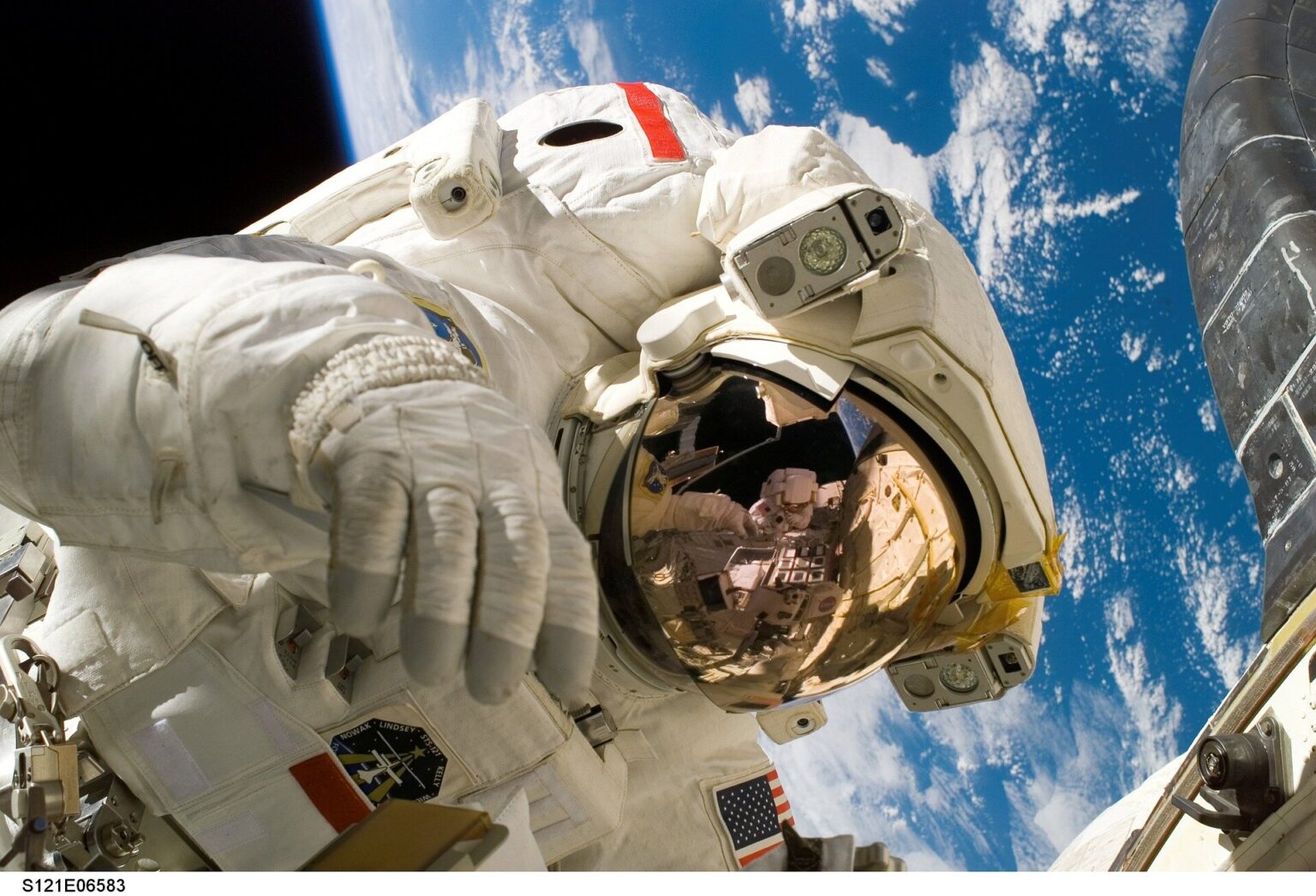Scientists worry that weightlessness and sensory deprivation can disrupt astronauts’ sense of balance. During a spacewalk, they may simply get lost. To prevent this from happening, they come up with special devices that need to be worn by themselves.

Disorientation in space
In a recent issue of the journal Frontiers in Physiology, an article by a number of American researchers appeared. They drew attention to the problem of spatial disorientation among astronauts. There is no gravity in orbit. And if you are sitting in a large metal “jar”, which does not receive any sounds from the outside, you may even lose the ability to understand where everything really is.
This is unpleasant, and during a spacewalk, it is possible to get lost forever if the safety belts with which astronauts are fastened to the station disappear somewhere. Spatial disorientation can lead to a terrible death.
Therefore, the researchers decided to test whether it was possible to give astronauts something that would allow their vestibular apparatus to set up at least a little and gain a sense of orientation. For example, vibrating devices that can be put on and that will give signals when astronauts are in a certain position.
Testing of vibration devices
Scientists made such devices to put on themselves and decided to test them on Earth. For this purpose, a special device was used in which the participant in the experiment could be rotated in different planes. Also, they wear blindfolds and headphones to simulate sensory deprivation.
After that, the participants’ task was to maintain balance for a certain time. There were 30 of them in total, and they were divided into three groups. 10 trained hard in the system even before the tests. Ten received four vibrating bracelets on their hands and feet. The last 10 received both training and bracelets.
Regardless of which group the participant was in, the tests consisted of 40 attempts, during which they had to keep their balance. In half of the tests, the device rotated in a vertical plane, in other cases, it rotated in a horizontal plane.
Test results
First, absolutely all the participants were disoriented, as well as astronauts in space flight. At the same time, almost all the participants stated that they trusted the vibrators, although they felt uncomfortable because their instructions differed from what their own feelings suggested.
Finally, the best result was shown by a group of participants who received both training and vibration detectors. Those who used only the devices also did a good job. Most of all, spatial disorientation affected those who received only training, although they also gave a certain result.
At the same time, even those participants who received both bracelets and training could not cope with tasks at the level of people who were not provided with spatial disorientation. However, the researchers hope that with longer use, these devices will give a better effect.
According to phys.org
Follow us on Twitter to get the most interesting space news in time
https://twitter.com/ust_magazine
